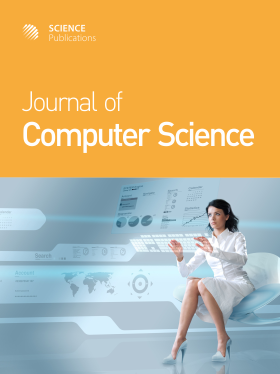Machine Learning Integration for Precise Facial Micro-Expression Recognition
- 1 Department Computer Science, Faculty of Information Technology, University of Durres, Albania
- 2 Department of Applied Mathematics, Faculty of Natural Science, University of Tirana, Albania
Abstract
This study advances facial micro-expression recognition through innovative machine-learning techniques, addressing critical needs in psychology, security, and human-computer interaction. The purpose of this study is to improve micro-expression recognition through the optimization of feature transformation and machine learning algorithms. We introduce a novel approach combining Kernel Principal Component Analysis (KPCA) and Uniform Manifold Approximation and Projection (UMAP) for dimensionality reduction, paired with advanced classifiers (SVM, Random Forest, k-NN, Decision Trees) to enhance recognition accuracy of these subtle, rapid facial movements. This combination outperforms previous KPCA and t-SNE approaches in preserving both local and global structures of high-dimensional facial data. Our rigorous experimental design involved 28,175 samples from the AffectNet dataset (22,540 for training and 5,635 for validation), utilizing a combination of Kernel Principal Component Analysis (KPCA) with Uniform Manifold Approximation and Projection (UMAP) for dimensionality reduction, followed by random forest classification to capture micro-expressions. Ethical standards, including informed consent and data protection, were strictly maintained throughout. The results show a marked improvement over traditional methods, with our top-performing model achieving 94% accuracy. Key contributions include The optimization of KPCA and UMAP for dimensionality reduction, achieving a state-of-the-art 94% accuracy with Random Forest classification on the AffectNet dataset; Significant computational efficiency gains, reducing training time while improving accuracy; Comprehensive quantitative comparisons of classification performance (accuracy, precision, recall, F1-score) across various model combinations; and Rigorous analysis of the impact of dimensionality reduction techniques on preserving essential micro-expression features. These advancements significantly push the boundaries of emotion recognition technology. This research has far-reaching implications, potentially revolutionizing lie detection, autism research, and human-robot interaction. Our findings pave the way for a more nuanced understanding of human emotions in various applications. The software used for the experiments was Python.
DOI: https://doi.org/10.3844/jcssp.2024.1545.1558

- 3,503 Views
- 1,388 Downloads
- 0 Citations
Download
Keywords
- Affect Net Database
- Facial Micro-Expression Recognition
- Dimension Reduction Techniques
- Advanced Classification Models
- Optimization
